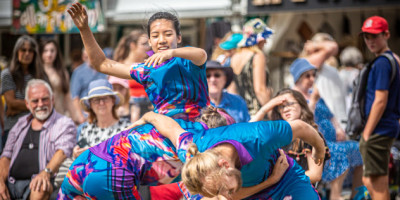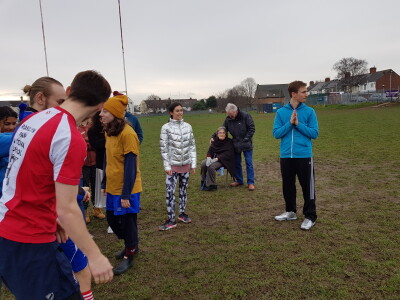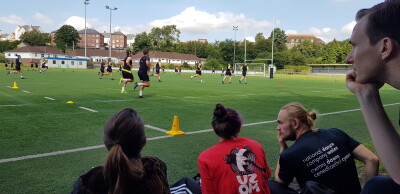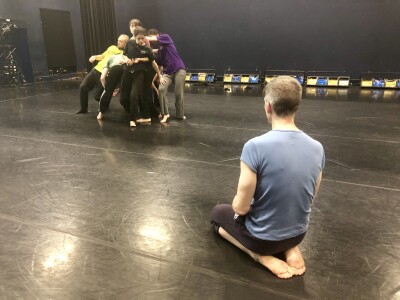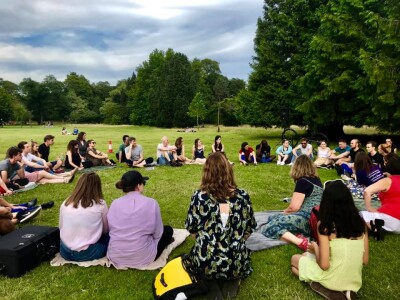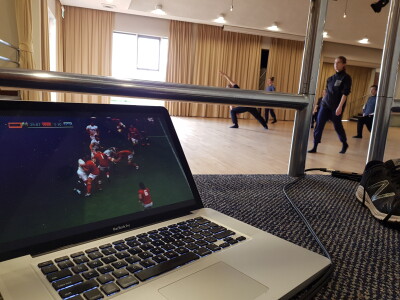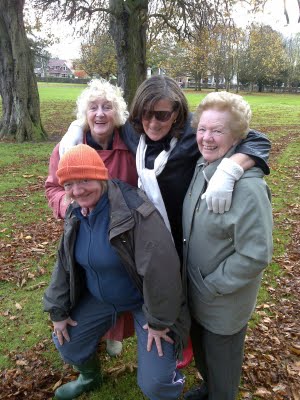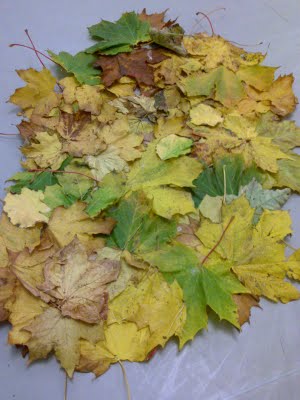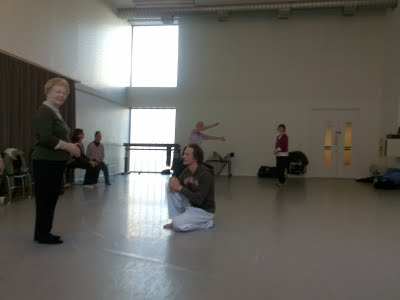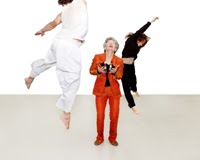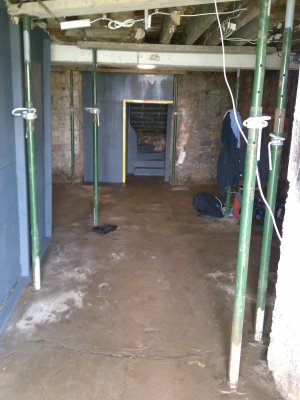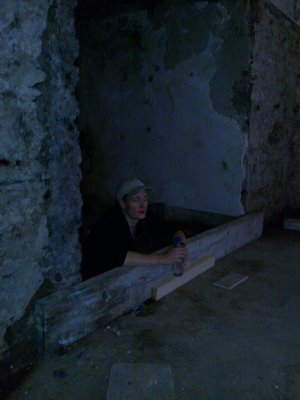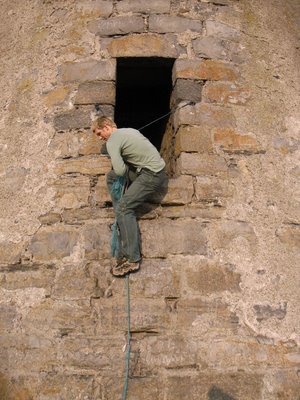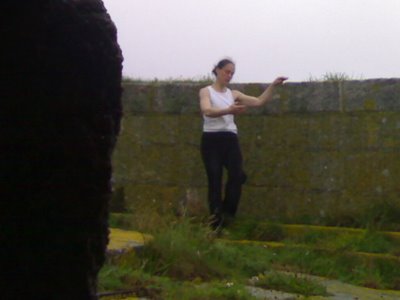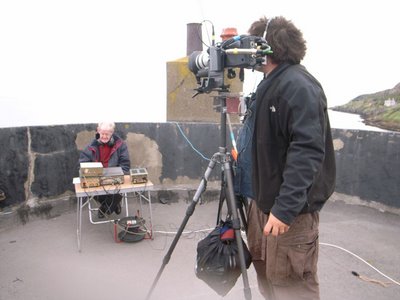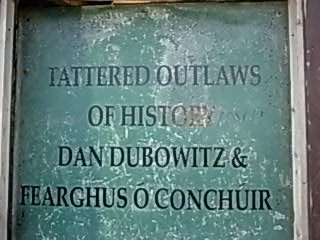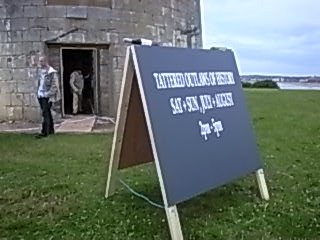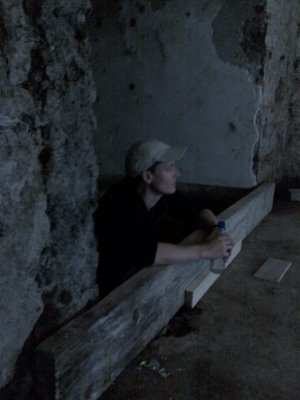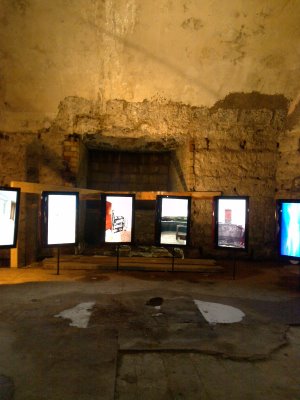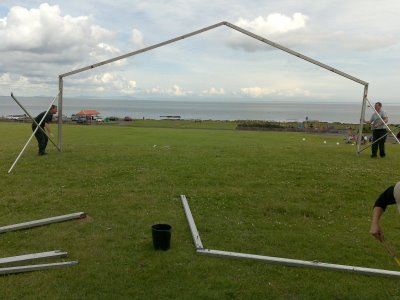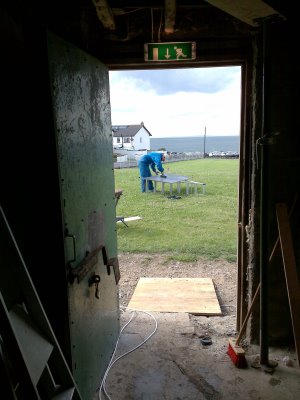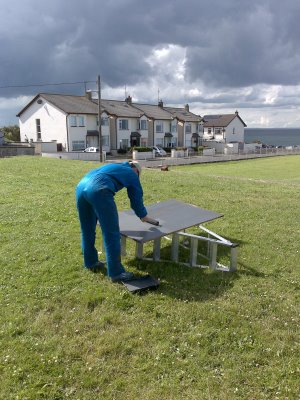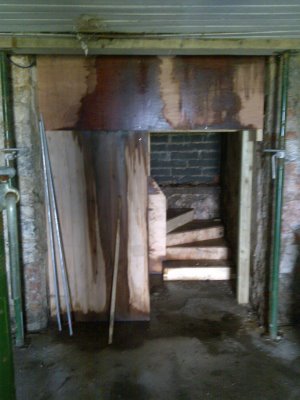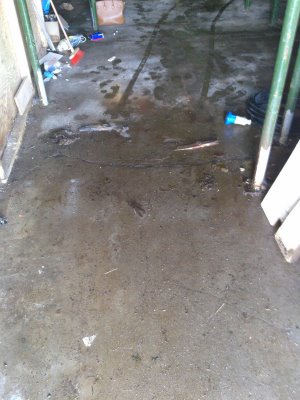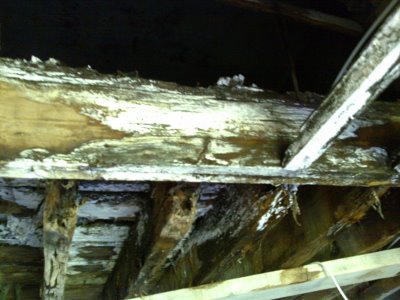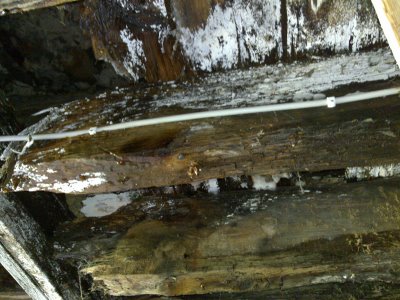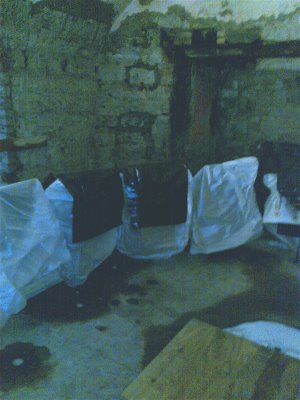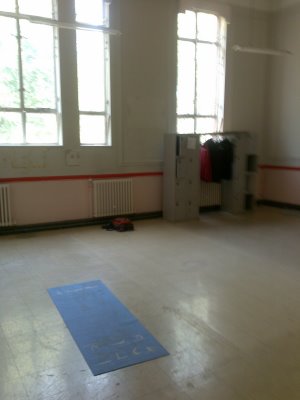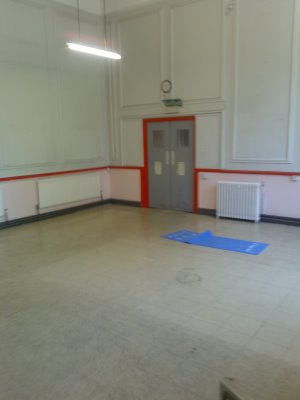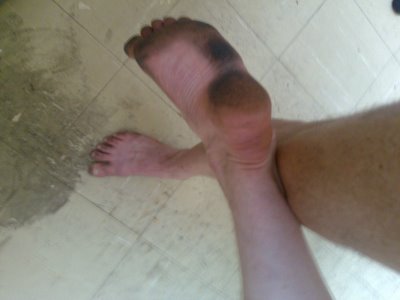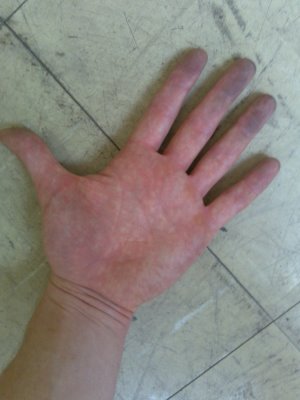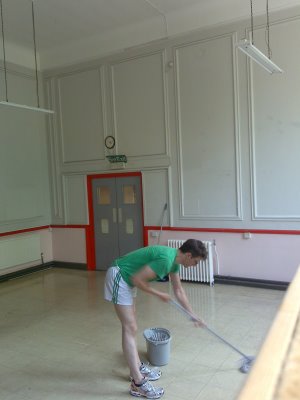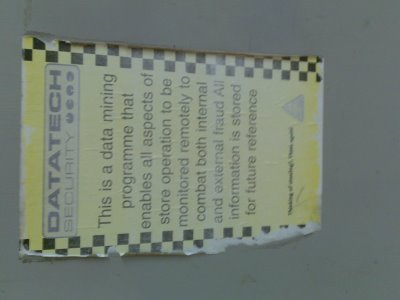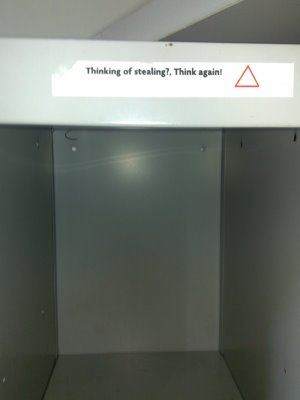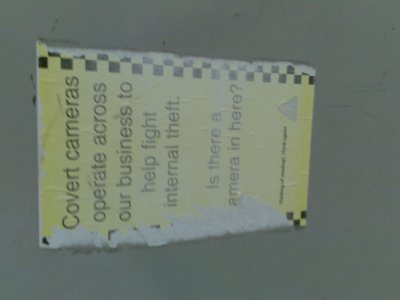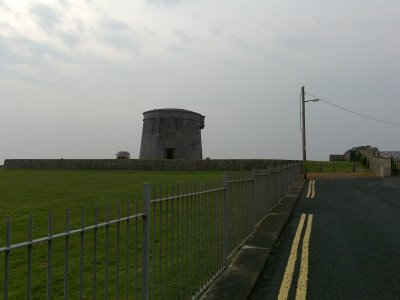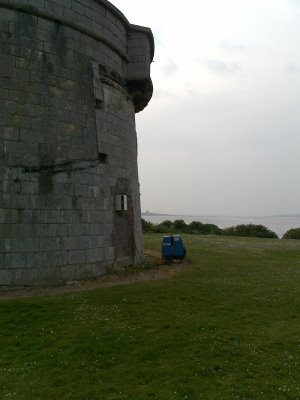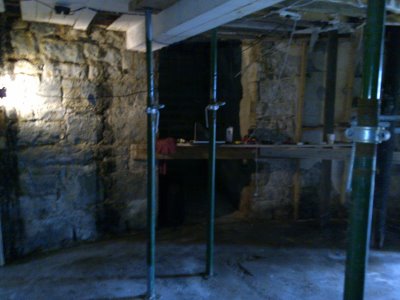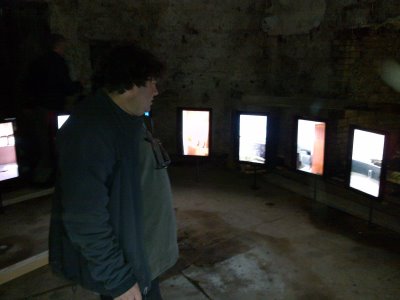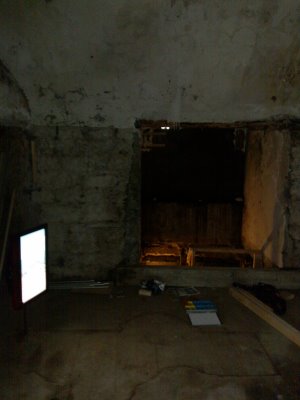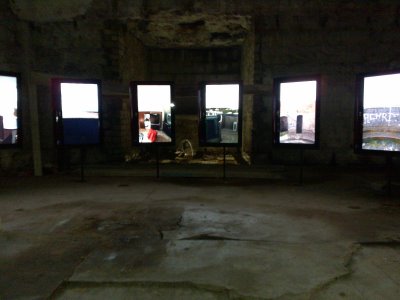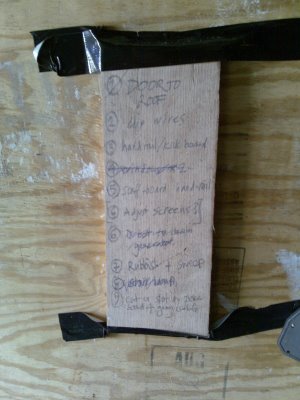This week Faye Tan and Camille Giraudeau from NDCWales, are using movements from Annwyl i mi to teach young dancers (between 8 and 17 years of age) in a summer school organised by The Place. It’s a summer school that would usually happen IRL but, like so much else, is being delivered online this year. It gives me great pleasure and satisfaction to know that work that originated in small choices and impulses in one place can have an impact elsewhere in other bodies – in ways that maintain connection to the source but transform it in unanticipated ways. In this way, Cami and Faye are continuing the process I used to make the work with them and many others.
I’ve spoken a lot about how the Rygbi Project draws on input from a whole community, that it’s something we researched in a variety of bodies and experiences – a range of professional dancers, professional and amateur rugby players and communities of supporters etc.
But it’s also something that I was able to facilitate because it resonated in my body too – not just because of my own (limited) experiences of playing rugby but because of how I could recognise something in the way the sport and its physicality makes individual and group bodies. Owen Sheers’ account in Calon of a place-kicker in any international arena connecting to his home ground and the hours he’s spent practising kicks under the eye of a grandfather or valued coach reminds me of how each performance is saturated with memory, with networks of support concentrated into individual nodes that express a community experience. I feel that in my own performing and tried to include that in Annwyl i mi: even if the focus is on team and group, sometimes the weight of performance falls on an individual in that team, alone and supported.
So as I think of young people learning movement impulses and material from Annwyl i mi – during this week’s summer school and already from the work of NDCWales Dance Ambassadors and dancers who have led workshops based on the Rygbi Project this past year – I see a community of experiences concentrated into individual bodies, lived and processed by those bodies – including my own – and passed now to others in an exciting expansion whose impact I won’t ever see. And though those activities have happened thanks to the work and vision of others, I still see it as part of the choreography of the Rygbi Project – a choreography designed with connection and community in mind, built on collaboration and achieved through the creativity and commitment of others. I choreograph to ask questions, to invite responses to challenges: seeing the Rygbi Project unfold teaches me what the answers could be.

